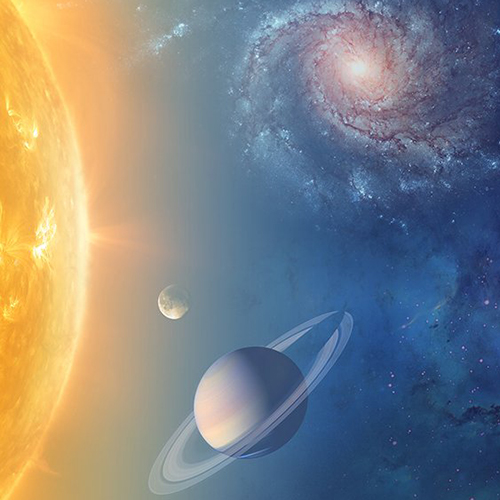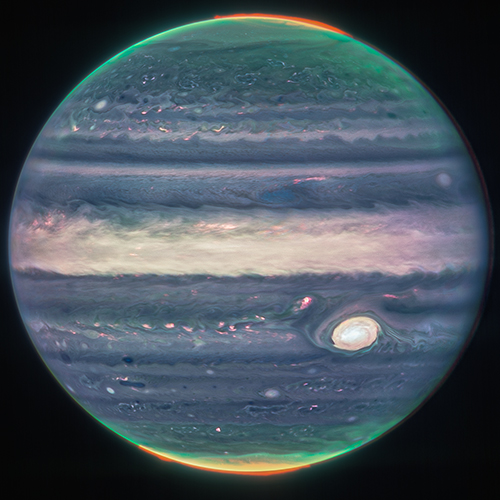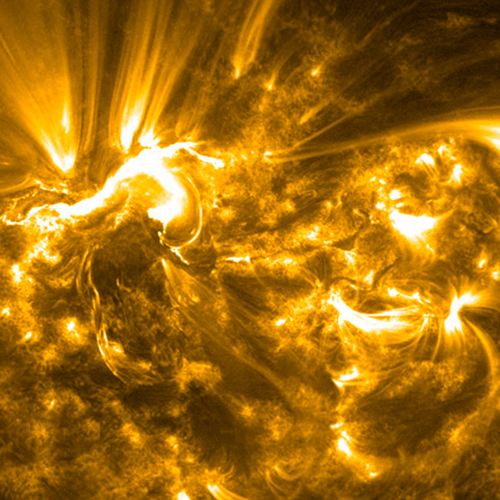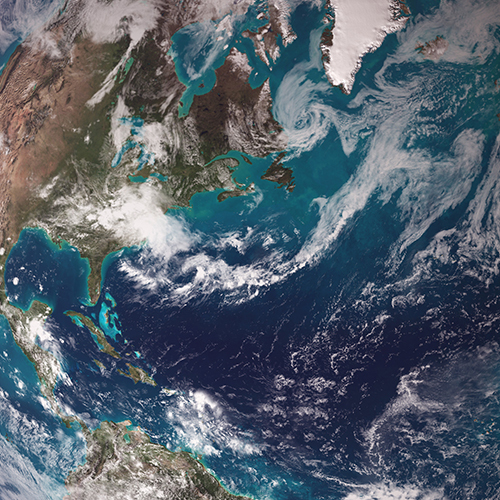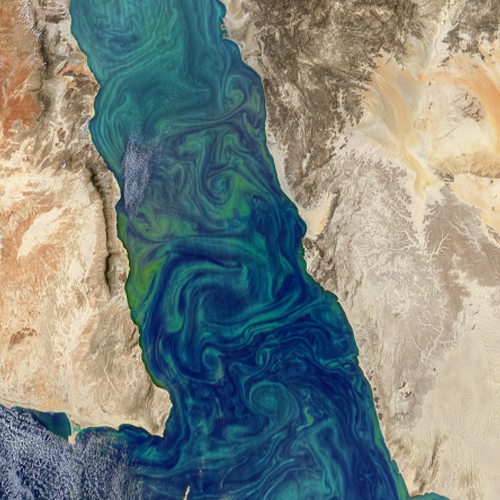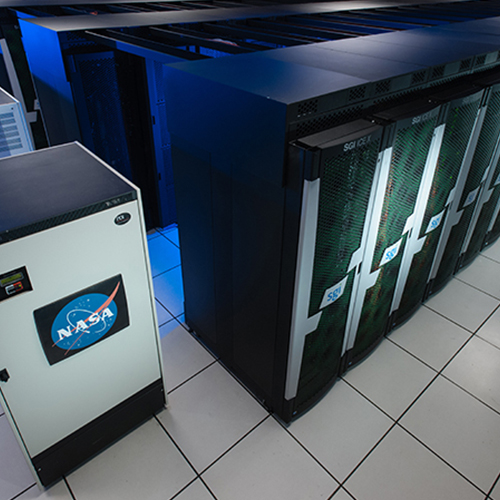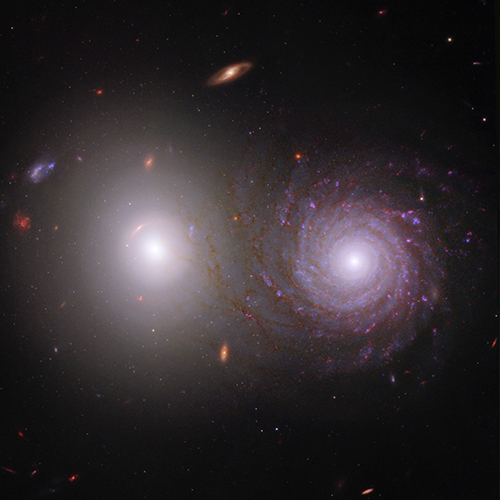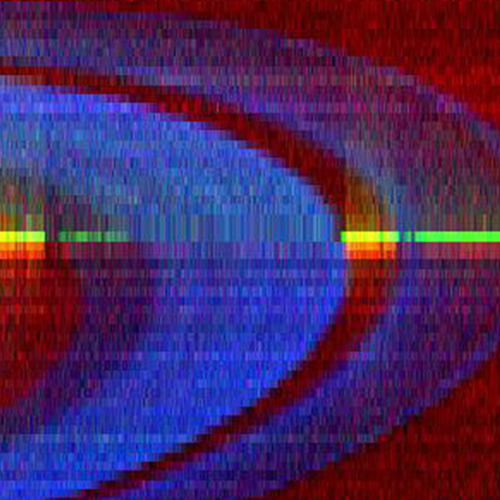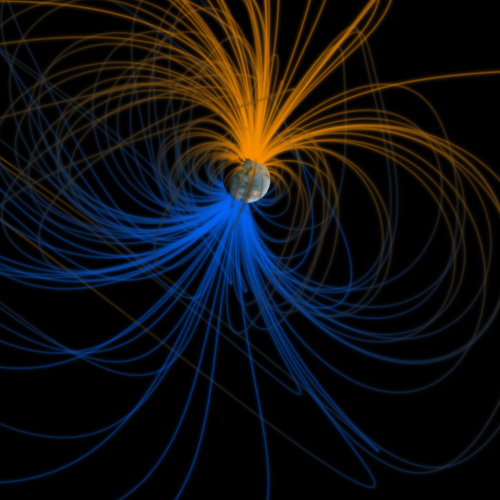The purpose of the Science Data Repository pages is to provide a comprehensive list of NASA Science data repositories to increase data accessibility. Earth, heliophysics, planetary, and astrophysics observations and data are freely accessible to all, including NASA’s many partners in the United States, international organizations and governments, the scientific community, the private sector, and the general public. These partners rely on NASA’s expertise in developing and launching missions, analyzing the data, and calibrating and validating results to ensure that the information is accurate. Explore different data repositories below including our newest cross-divisional repository that provides opacities that can be used to study the atmospheres of exoplanets. If you are looking to explore all of the NASA Science Mission Directorate’s data, please try the search in the Science Discovery Engine. Or, try the NASA Science Explorer (SciX), a digital library portal for researchers in astronomy, earth science, heliophysics, physics, and planetary science.
